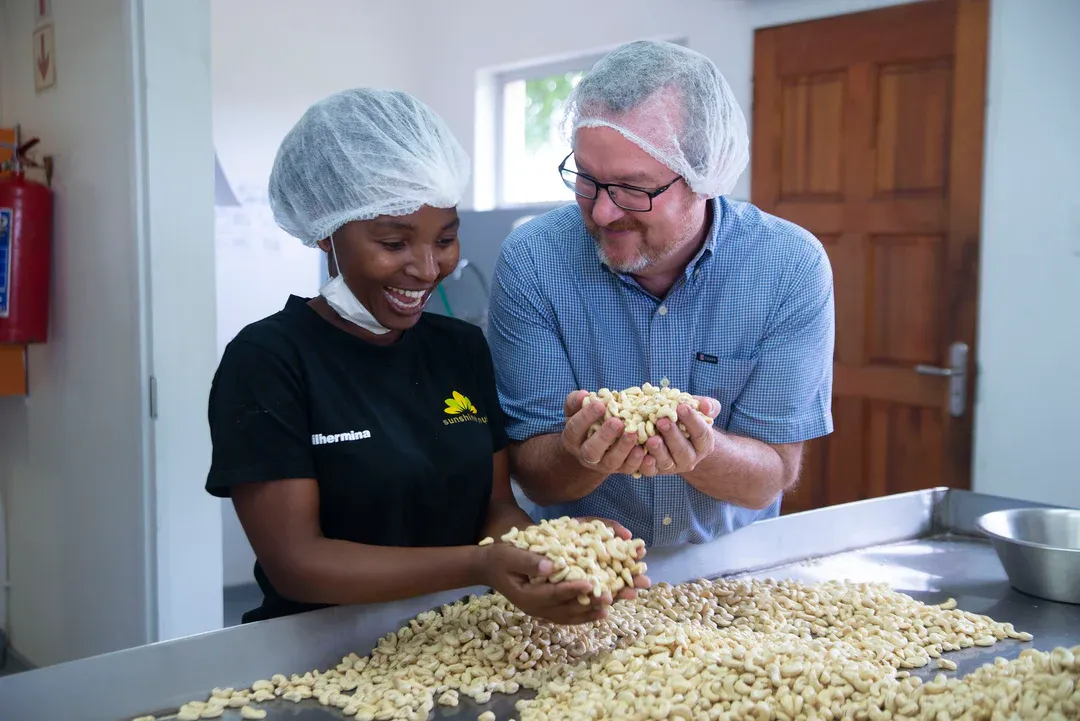
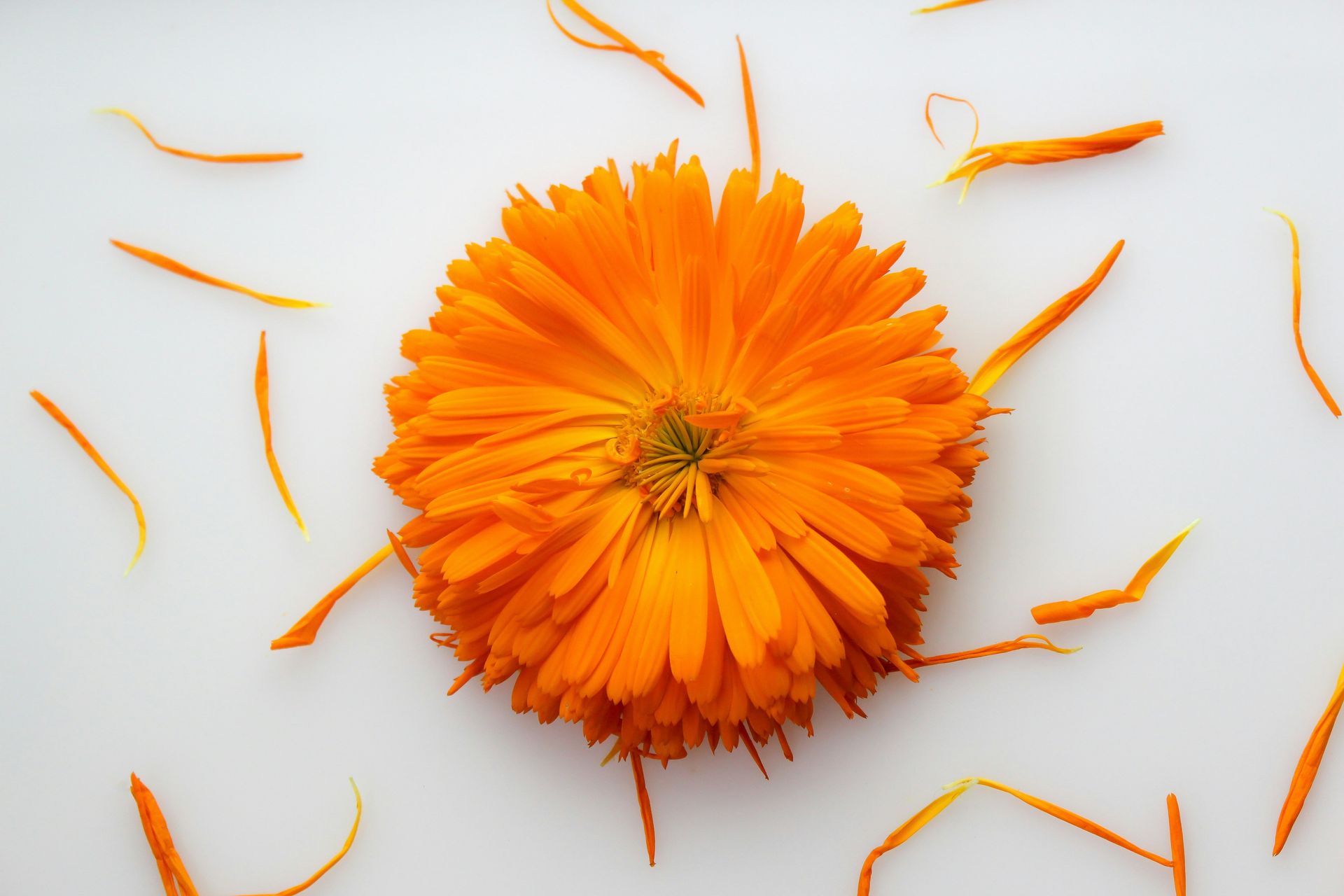



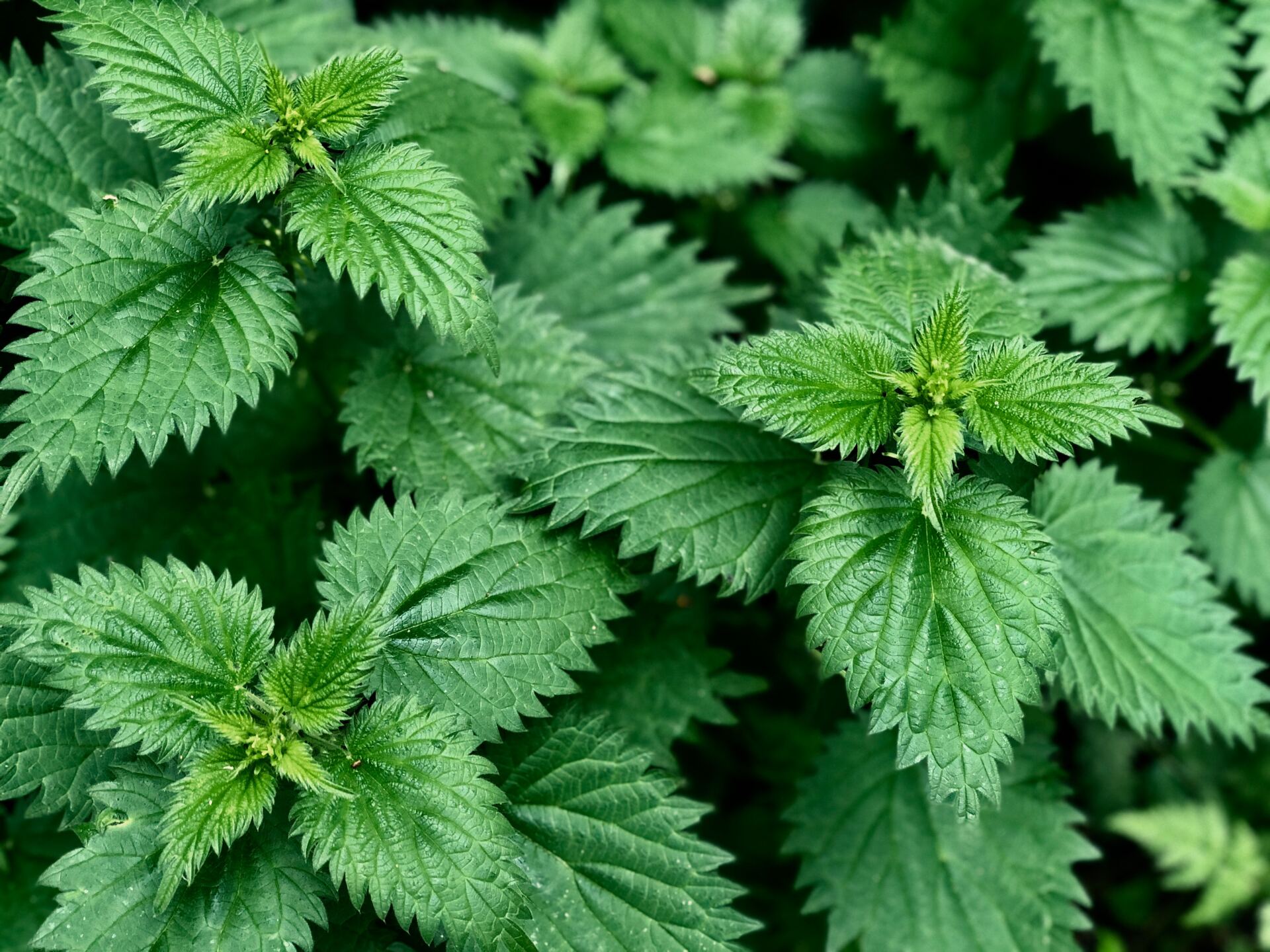



Individuals whose diets are rife with processed foods and refined carbohydrates run a greater risk of infection. Intestinal linings in these individuals are likely to be held together with more fragile and porous connective tissues. The integrity and strength of the critical barriers that divide their insides from the potential invaders on the outside is compromised. Microscopic perforations or lesions may appear that could allow the passage of both allergens and harmful microbes from the gastrointestinal tract into the bloodstream.1
The gastrointestinal tract contains more than half of all the immune cells in the human body, specifically for the purpose of removing dangerous microbes that may enter our digestive systems before they can get further in the body. Trillions of protective beneficial bacteria, as well as phagocytic cells of the immune system, provide the first line of defense. They are part of the human biome. They are the ‘good guys,’ who work on our behalf to maintain a healthful balance.1

Cinnamon - Cinnamic acid is found in the essential oil of the bark of the cinnamon tree. Refined cinnamic acid famously serves as flavoring and fragrance ingredients in various foods, cosmetics, and skin care products.1
However, cinnamic acid is also a significant player from the natural world. It offers antibacterial, antifungal, and antiparasitic protection. It also helps support the natural balance within the human biome. Laboratory tests and clinical trials show that bacteria, yeasts, molds, and fungi are all susceptible to cinnamic acid.7, 8
Biofilms are collections of a single type bacteria, yeast or fungus that group together and may adhere in colonies to a variety of surfaces. Candida albicans is one notorious form of biofilm in the intestinal tract. If allowed to flourish, the yeast’s ‘roots’ can perforate the intestinal lining, creating leaky gut syndrome. This, in turn, commonly triggers dramatic allergic reactions, which may lead to confusion, fatigue, chronic inflammation, and pain. These are just a few of the many difficulties that can result from a leaky gut.1 Cinnamic acid, in sufficient amount, can deform the cell membranes of Candida albicans yeast and fragment the biofilms. Subsequently, it can help manage the presence and danger of Candida yeast in the digestive tract.2
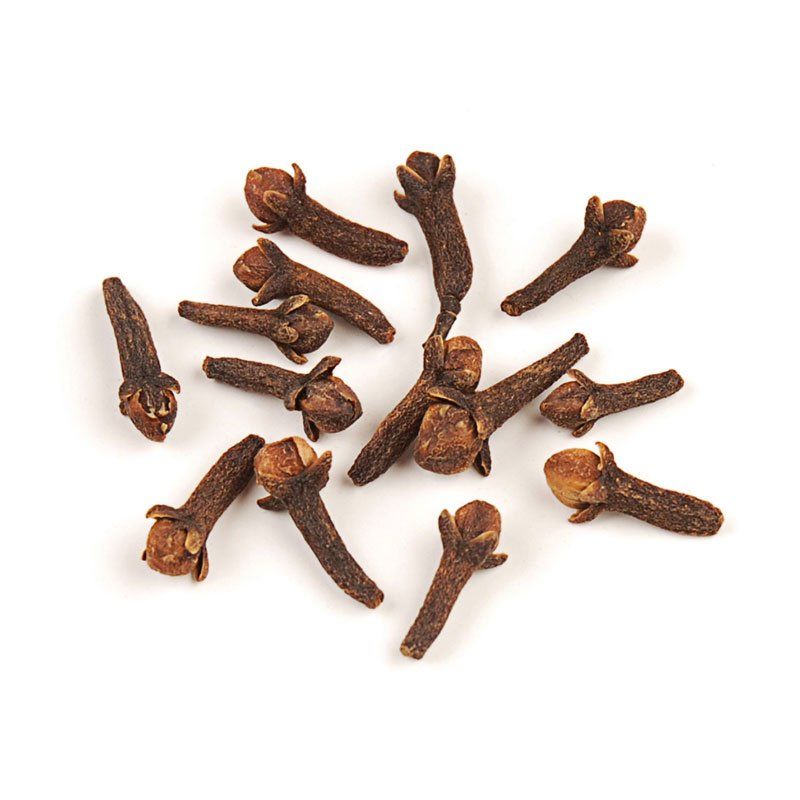
Clove - Eugenia caryophyllata, commonly known as ‘clove’, is one of the most heavily researched botanical sources of antimicrobials. Most studies look to the potently fragrant oil of clove to find the seat of its power. The biological activity of clove has been investigated on several microorganisms, parasites, pathogenic bacteria, and viruses such as Herpes simplex and hepatitis C. In addition to its antimicrobial, antioxidant, antifungal, and antiviral activity, clove essential oil possesses anti-inflammatory, insectrepellent, and anesthetic properties.10
Clove oil can be effective in controlling yeast, and it has proven lethal against Staph infections and Salmonella in laboratory tests. What may be even more promising about the use of this botanical lies in recent discoveries that some bacteria showing resistance to certain antibiotics are sensitive to extracts of clove.
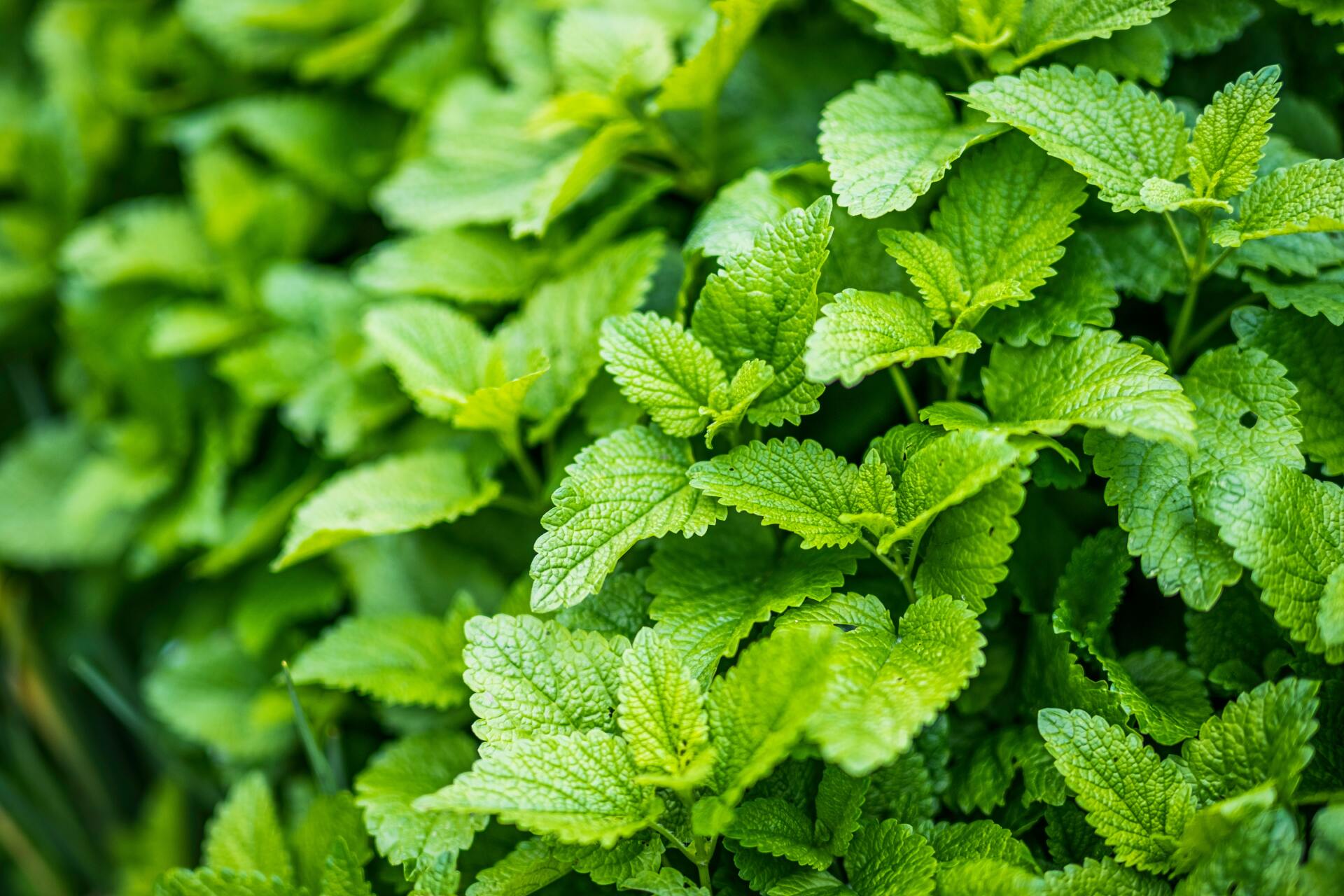
Lemon Balm - The beneficial health effects of extracts from many plants used as seasoning agents in foods and beverages have been claimed for centuries. 20 Lemon balm has long been used in European traditional medicine for the treatment of several diseases. It is also widely used as a vegetable, tea and flavorful additive to food dishes.
Lemon balm is useful as a culinary herb like sage, basil, oregano, and rosemary. All of these herbs have significant antimicrobial activity. A good deal of the antimicrobial power of each these plants results from presence the polyphenol, rosmarinic acid. Lemon balm has a high amount of rosmarinic acid and shows significant antimicrobial activity against Listeria, Staphylococcus, and Candida.19
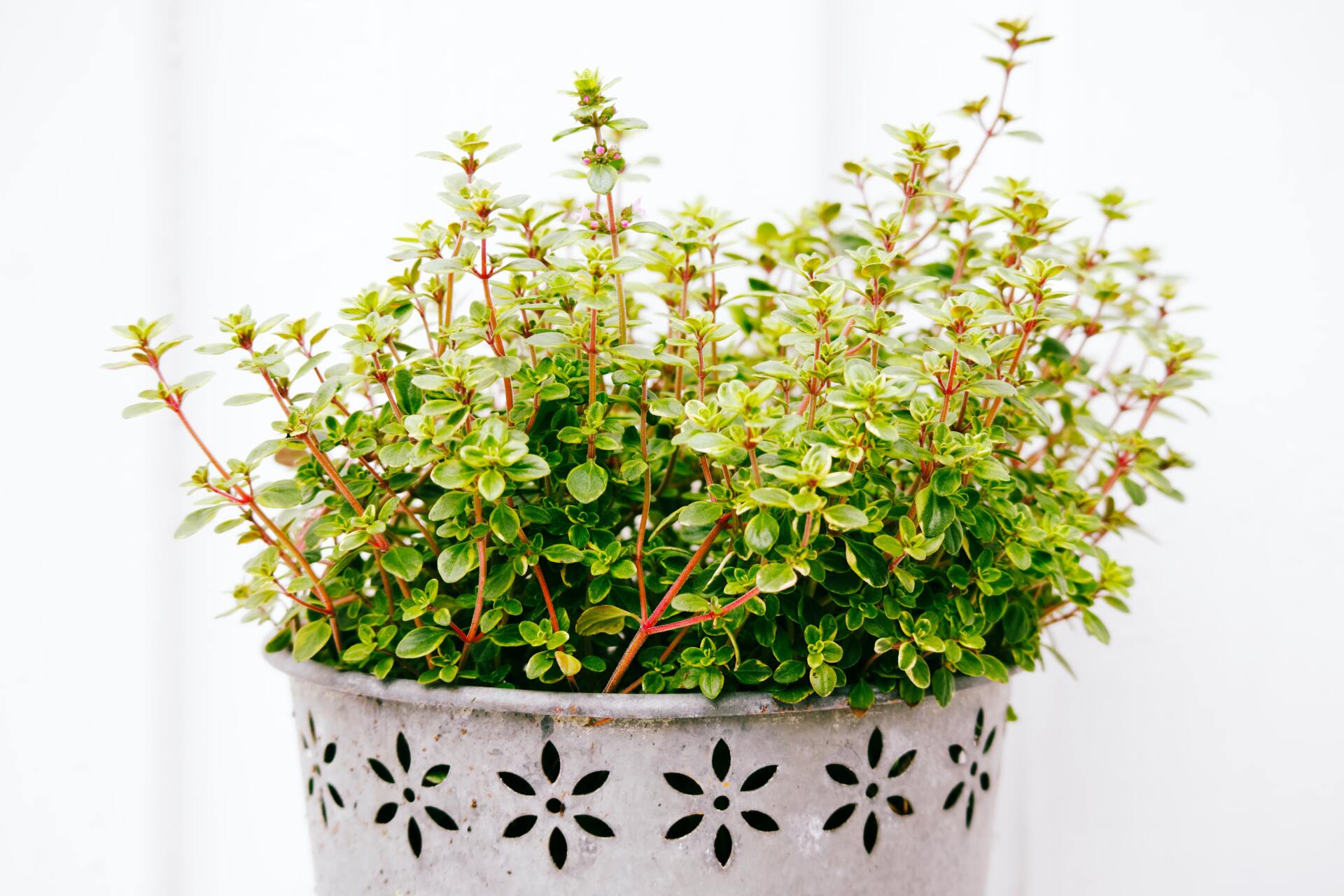
Rosemary & Thyme - Both rosemary and thyme are members of the Lamiaceae family which includes lemon balm, oregano, sage and basil, among others. Frequently, both rosemary and thyme are tested alongside other members of their family and usually register the most powerful antimicrobial activity in the group.1
It is often unclear which plant possesses the strongest antimicrobial activity. It is more accurate to say that each plant will have advantages over specific microbes that another plant may lack. In fact, a plant may lack efficacy against one microbe, but then show itself to be stunningly lethal against others. In other words, although some plants may have broad antimicrobial activity, it can be expected that there will be some microbes present that are not effectively inhibited. At the same time, extracts and oils of one plant may have a narrow application, but they may prove very effective against some of the microbes left untouched by other plants.1
Most of these studies effectively argue for the combination of multiple antimicrobial botanical extracts in a single product. Such a combination might provide protection against a broad field of recognized pathogens—if dosages were adequate. Smaller doses of a combination product taken on a regular basis could help to sustain a healthful, homeostatic balance between the beneficial and harmful microbes that inhabit the human body. The continual presence of small amounts of botanical antimicrobials in the digestive tract might sufficiently inhibit the infectious abilities of pathogens, keeping one free of disease for extended periods of time.1
As the population of the planet continues to increase, it presents us with an ever-increasing number of disease vectors— persons who may unwittingly carry and spread pathogens. However, a daily supplement of botanical antimicrobials may help to balance and protect our personal biomes.1

Vibrant Health is a company dedicated to crafting award-winning products with your optimum health in mind. They are proud to deliver nutrition you can trust, sourcing and managing every raw ingredient for maximum quality and potency.
1 Timon, Mark, Controlling Bad Bacteria, Bloomer Press & Audio Corp., 2016. Pages 5-7 9-11, 14-16, 17-19, 25-26, 28, 32-33, 35, 40-41, 44, 51, 54-55.
2 Khan MS1, Ahmad I., Antibiofilm activity of certain phytocompounds and their synergy with fluconazole against Candida albicans biofilms. J Antimicrob Chemother. 2012 Mar;67(3):618-21. DOI: 10.1093/jac/dkr512. Epub 2011 Dec 13.
7 Schmidt E1, Bail S, Friedl SM, Jirovetz L, Buchbauer G, Wanner J, Denkova Z, Slavchev A, Stoyanova A, Geissler M., Antimicrobial activities of single aroma compounds. Nat Prod Commun. 2010 Sep;5(9):1365-8.
8 Ooi LS1, Li Y, Kam SL, Wang H, Wong EY, Ooi VE., Antimicrobial activities of cinnamon cinnamon oil and cinnamaldehyde from the Chinese medicinal herb Cinnamomum cassia Blume. Am J Chin Med. 2006;34(3):511-22.
10 Chaieb K1, Hajlaoui H, Zmantar T, Kahla-Nakbi AB, Rouabhia M, Mahdouani K, Bakhrouf A., The chemical composition and biological activity of clove essential oil, Eugenia caryophyllata (SyzygiumSyzygium aromaticum L. Myrtaceae): a short review. Phytother Res. 2007 Jun;21(6):501-6.
19 Benedec D1, Hanganu D1, Oniga I1, Tiperciuc B1, Olah NK2, Raita O3, Bischin C4, Silaghi-Dumitrescu R4, Vlase L1, Assessment of rosmarinic acid content in six Lamiaceae species extracts and their antioxidant and antimicrobial potential, Pak J Pharm Sci. 2015 Nov;28(6 Suppl):2297-303.
20 Elgayyar M1, Draughon FA, Golden DA, Mount JR., Antimicrobial activity of essential oils from plants against selected pathogenic and saprophytic microorganisms., J Food Prot. 2001 Jul;64(7):1019-24.









Please give us a call for today’s deli hours as they can vary due to staffing.
Grab and go options are always available until close.
FEDERAL WAY
Monday-Saturday: 8 am - 8 pm
Sunday: 9 am - 7 pm
Please call for current deli counter service hours. Grab and go options available until closing.
2565 S. Gateway Center Place
Federal Way, WA 98003
TACOMA
Monday-Saturday: 8 am - 8 pm
Sunday: 9 am - 7 pm
Please call for current deli counter service hours. Grab and go options available until closing.
2951 S. 38th Street
Tacoma, WA 98409